
How to Use Snake Eyes Bonnet: Examples, Pinouts, and Specs
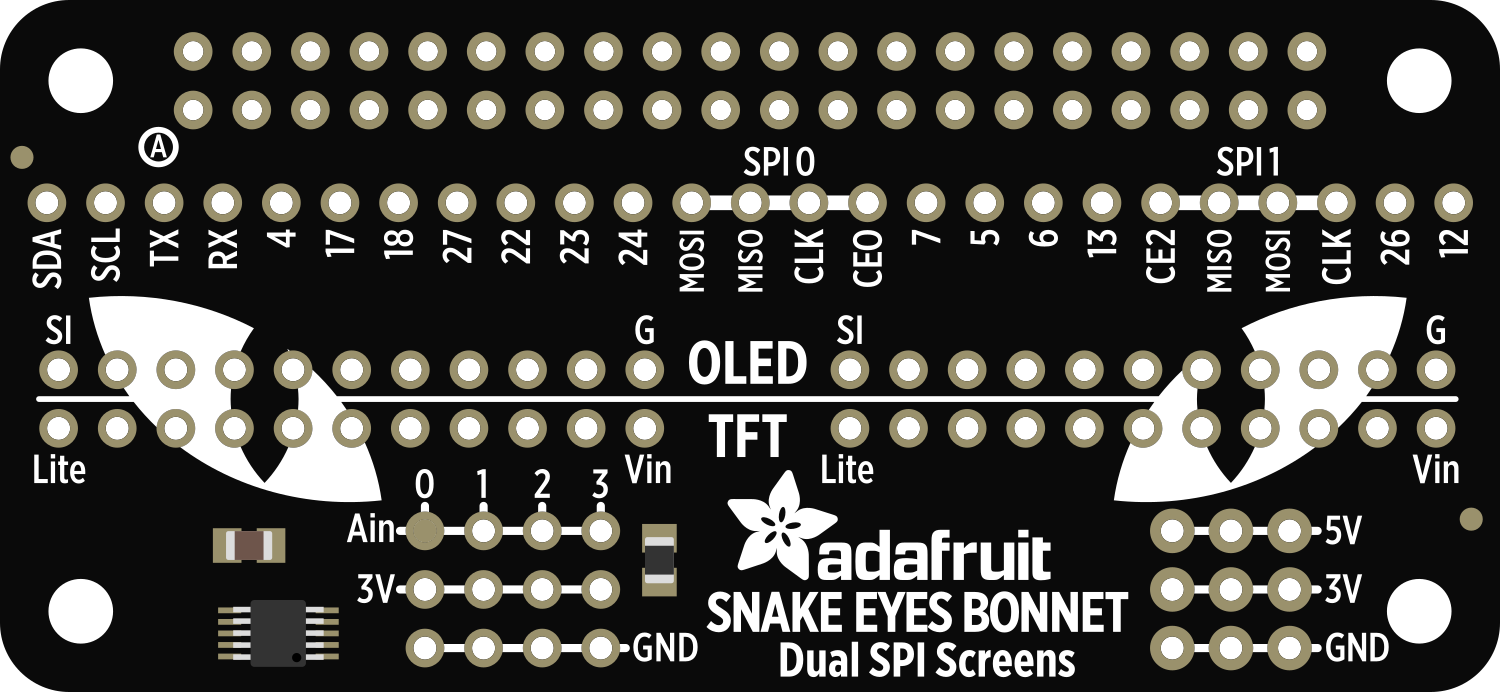
 Design with Snake Eyes Bonnet in Cirkit Designer
Design with Snake Eyes Bonnet in Cirkit DesignerIntroduction
The Snake Eyes Bonnet is an add-on circuit board designed for the Raspberry Pi, offering a suite of features that enhance the capabilities of the Raspberry Pi for various projects. It is equipped with a dual-core microcontroller, a display interface for driving screens, user interface buttons, and multiple input/output options. This bonnet is particularly useful for creating custom gaming devices, interactive art installations, or any project that requires additional user interfaces and display elements.
Explore Projects Built with Snake Eyes Bonnet
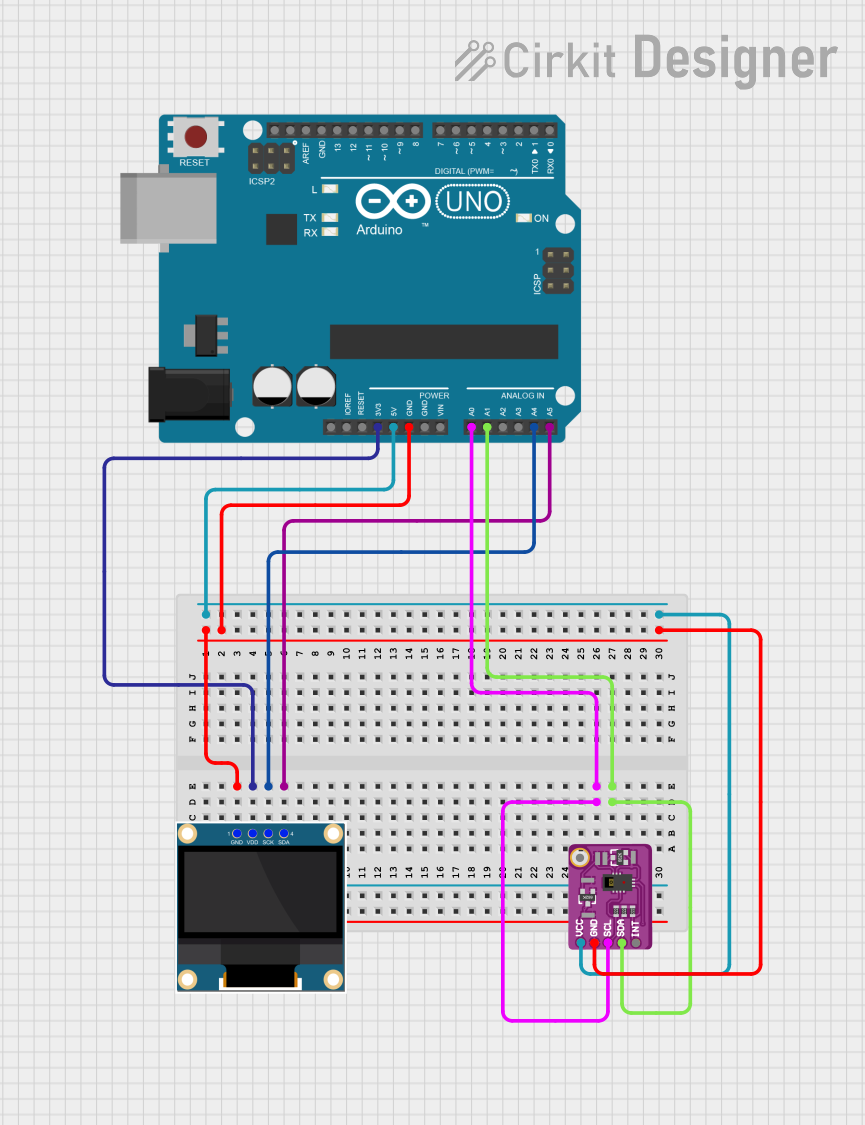
 Open Project in Cirkit Designer
Open Project in Cirkit Designer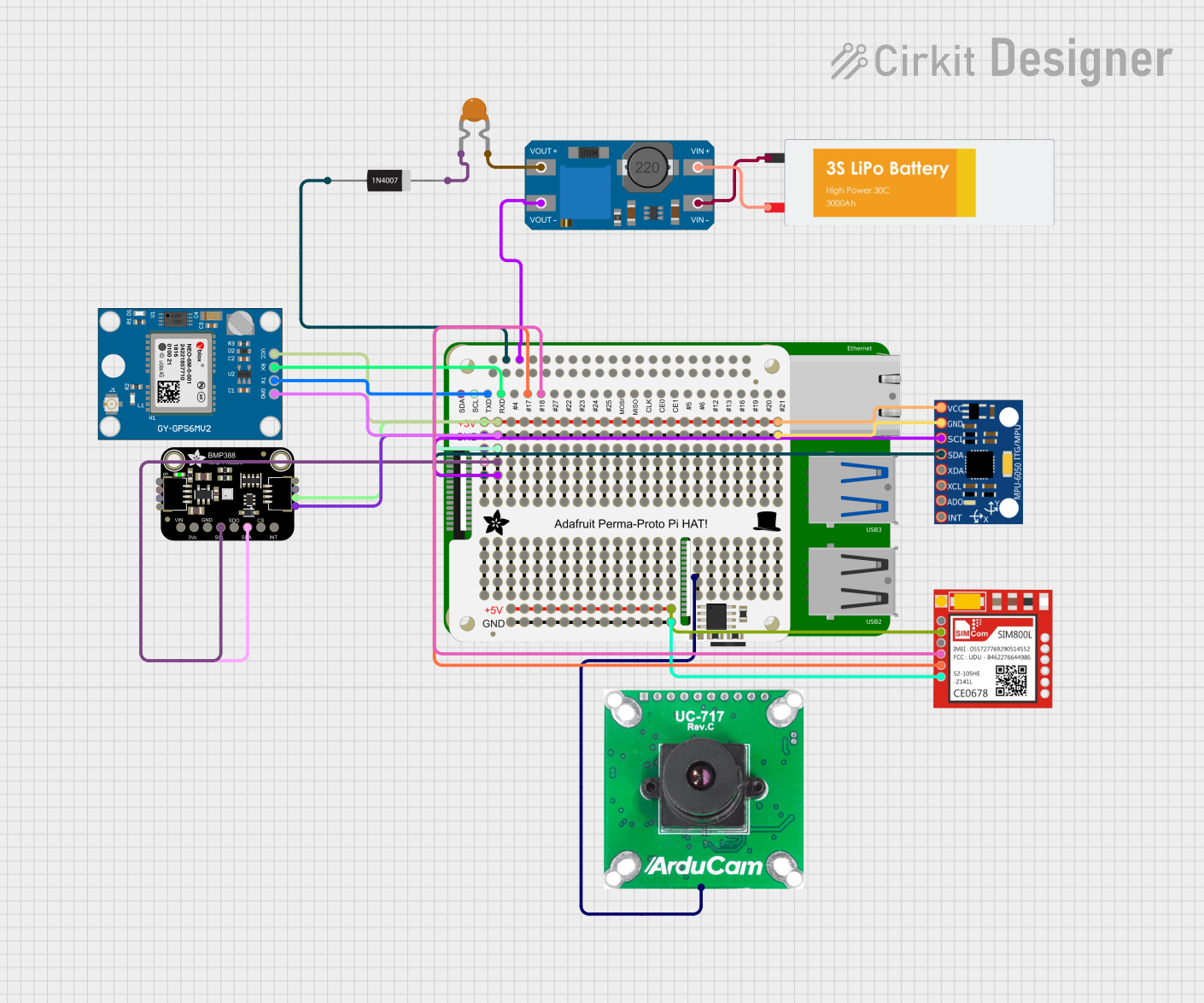
 Open Project in Cirkit Designer
Open Project in Cirkit Designer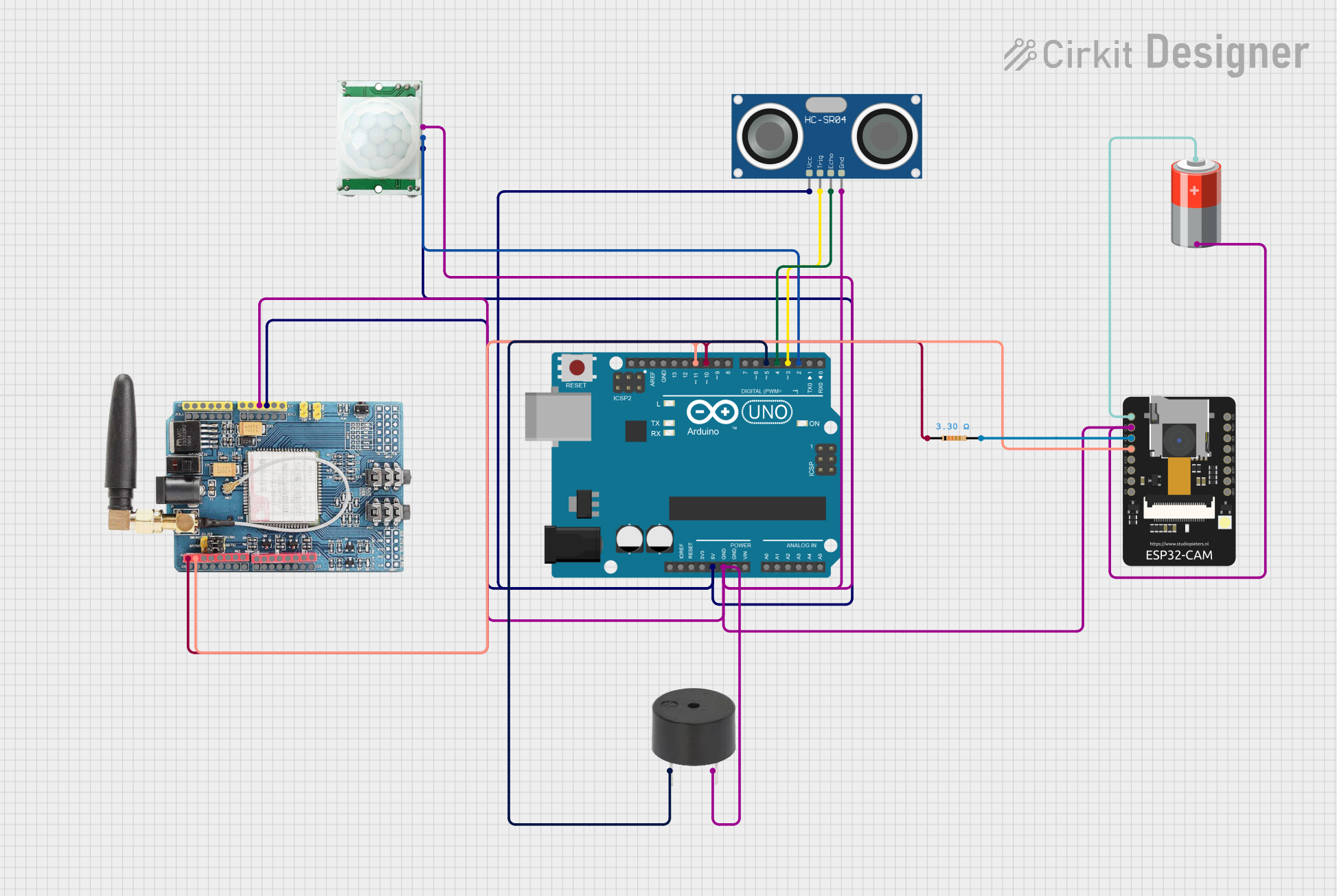
 Open Project in Cirkit Designer
Open Project in Cirkit Designer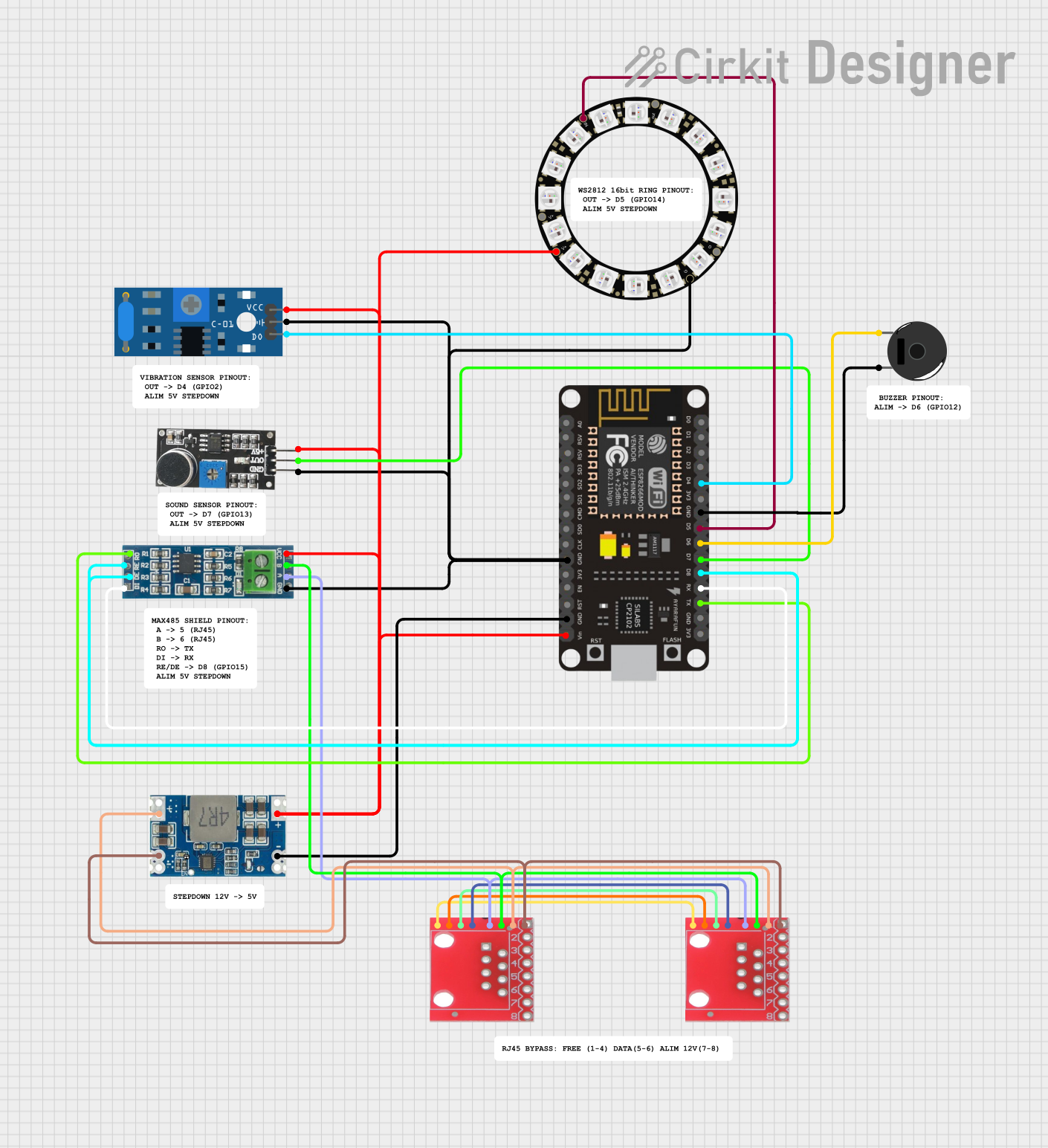
 Open Project in Cirkit Designer
Open Project in Cirkit DesignerExplore Projects Built with Snake Eyes Bonnet

 Open Project in Cirkit Designer
Open Project in Cirkit Designer
 Open Project in Cirkit Designer
Open Project in Cirkit Designer
 Open Project in Cirkit Designer
Open Project in Cirkit Designer
 Open Project in Cirkit Designer
Open Project in Cirkit DesignerCommon Applications and Use Cases
- Portable gaming consoles
- Interactive art installations
- Educational tools for learning electronics and programming
- DIY projects requiring user input and display output
Technical Specifications
Key Technical Details
- Microcontroller: Dual-core ARM Cortex-M0+
- Display Interface: Supports TFT LCD displays
- User Interface: Integrated buttons for user input
- I/O Interfaces: GPIO pins for additional peripherals
- Compatibility: Designed for Raspberry Pi Zero, 2, 3, 4 models
- Operating Voltage: 3.3V logic levels
Pin Configuration and Descriptions
| Pin Number | Description | Notes |
|---|---|---|
| 1 | 3.3V Power | Power supply for the bonnet |
| 2 | 5V Power | Power supply from Raspberry Pi |
| 3 | GPIO2 (SDA) | I2C Data |
| 4 | 5V Power | Power supply from Raspberry Pi |
| 5 | GPIO3 (SCL) | I2C Clock |
| 6 | Ground | Ground connection |
| ... | ... | ... |
| N | GPIOX | General Purpose I/O pin X |
Note: This table is not exhaustive and only includes a selection of pins for illustration purposes.
Usage Instructions
How to Use the Snake Eyes Bonnet in a Circuit
- Mounting the Bonnet: Carefully align the GPIO header of the Snake Eyes Bonnet with the GPIO pins on the Raspberry Pi and press down to connect.
- Connecting a Display: Attach a compatible TFT LCD display to the display interface provided on the bonnet.
- Powering the System: Ensure that the Raspberry Pi is powered through its micro USB port, which will also power the bonnet.
- Programming: Use the Raspberry Pi's operating system to program the microcontroller and utilize the bonnet's features.
Important Considerations and Best Practices
- Always power off the Raspberry Pi before attaching or detaching the Snake Eyes Bonnet to prevent damage.
- Be mindful of electrostatic discharge; handle the bonnet by its edges and avoid touching the circuitry.
- Ensure that any connected displays are compatible with the bonnet's display interface specifications.
- When programming, consider the power requirements of any peripherals attached to the GPIO pins.
Troubleshooting and FAQs
Common Issues
- Display Not Working: Check the display connections and ensure the display is compatible with the bonnet's interface.
- Unresponsive Buttons: Verify the button connections and ensure they are not obstructed or damaged.
- Microcontroller Programming Issues: Ensure that the correct drivers and software are installed on the Raspberry Pi.
Solutions and Tips for Troubleshooting
- Double-check all connections and ensure that the bonnet is properly seated on the Raspberry Pi GPIO header.
- Restart the Raspberry Pi to reset the state of the GPIO pins and the microcontroller.
- Consult the Raspberry Pi and Snake Eyes Bonnet forums for community support and advice.
FAQs
Q: Can the Snake Eyes Bonnet be used with any Raspberry Pi model? A: The bonnet is designed to be compatible with Raspberry Pi Zero, 2, 3, and 4 models. It may not be compatible with older models due to differences in GPIO headers.
Q: Do I need to install any special software to use the bonnet? A: You may need to install drivers or software libraries specific to the peripherals you are using with the bonnet. Check the manufacturer's documentation for details.
Q: How do I program the dual-core microcontroller on the bonnet? A: You can program the microcontroller using the Raspberry Pi's operating system and development tools. Specific instructions will depend on the programming language and environment you choose.
Example Code for Raspberry Pi
Below is an example Python script for initializing the Snake Eyes Bonnet with the Raspberry Pi. This script assumes you have the necessary libraries installed.
import RPi.GPIO as GPIO
import time
Setup GPIO pins
GPIO.setmode(GPIO.BCM) GPIO.setup(17, GPIO.OUT) # Example pin for output
try: while True: # Blink an LED connected to pin 17 GPIO.output(17, GPIO.HIGH) time.sleep(1) GPIO.output(17, GPIO.LOW) time.sleep(1) except KeyboardInterrupt: # Clean up GPIO on CTRL+C exit GPIO.cleanup()
Clean up GPIO on normal exit
GPIO.cleanup()
*Note: This code is for illustrative purposes and may require modifications to work with specific peripherals connected to the Snake Eyes Bonnet.*
Remember to consult the official Raspberry Pi documentation and the Snake Eyes Bonnet manufacturer's resources for more detailed programming instructions and examples.